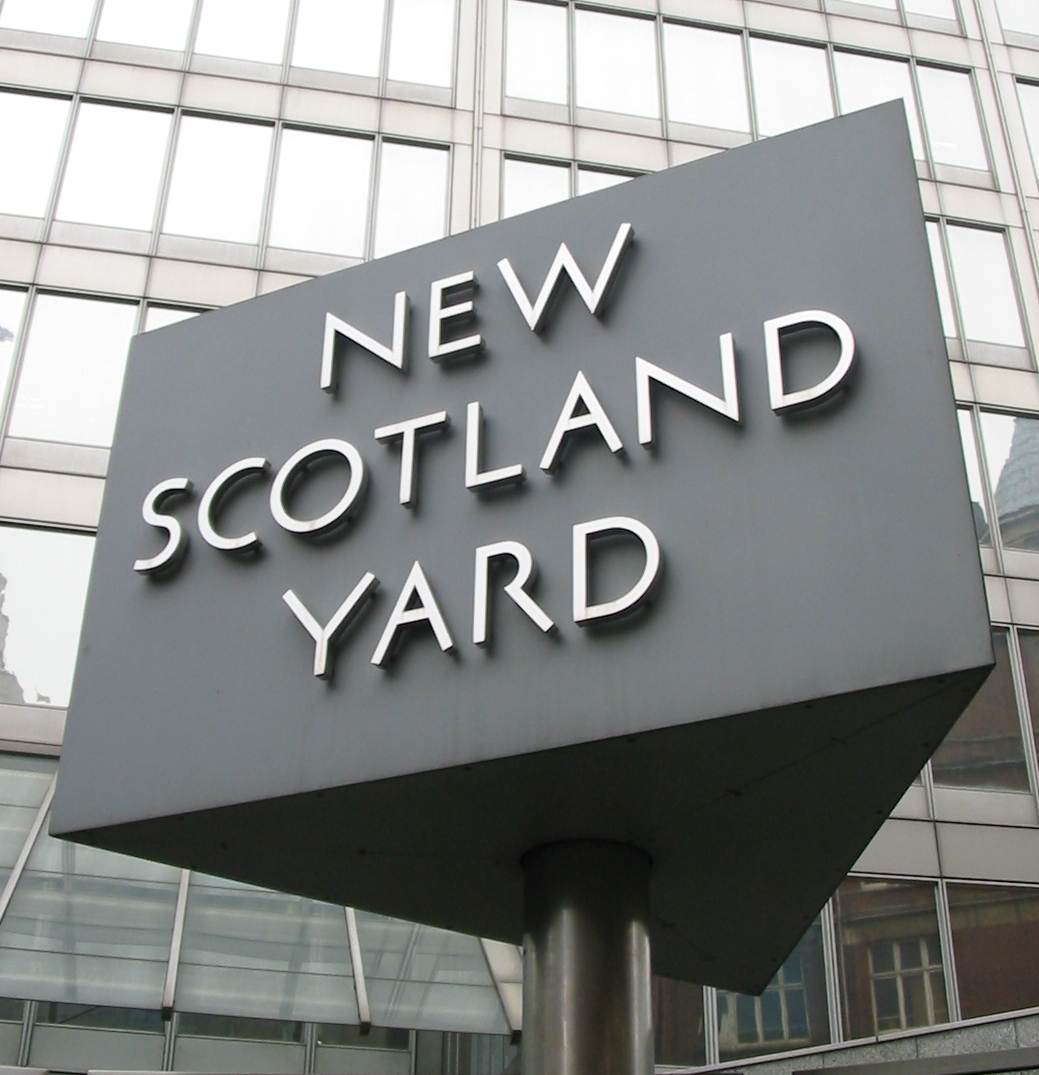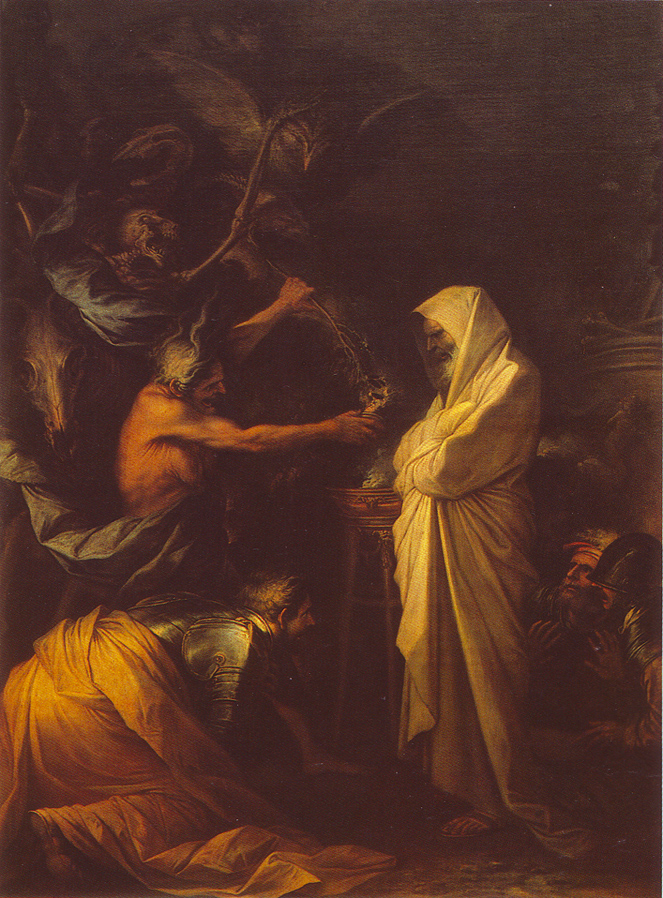|
History Of The Metropolitan Police
The history of the Metropolitan Police in London is long and complex, with many different events taking place between its inception in 1829 and the present day. Pre-1829 London policing Before the passing of the Metropolitan Police Act 1829, law enforcement among the general population in England was carried out by unpaid parish constables who were elected, and later appointed by the local justice of the peace. In certain circumstances, such as serious public disorder, the British Army, army would intervene to support the local authorities; yeomanry were extensively used for this purpose before police forces developed. Because this system of policing was largely unorganised and lacked a criminal investigation capability, the novelist Henry Fielding (who had been appointed a Magistrate in 1748) introduced the first detective force, known as the Bow Street Runners, in 1753. Fielding's house at Bow Street, 4 Bow Street had been established as a courtroom by the previous owner, in 1 ... [...More Info...] [...Related Items...] OR: [Wikipedia] [Google] [Baidu] |
Scotland Yard
Scotland Yard (officially New Scotland Yard) is the headquarters of the Metropolitan Police, the territorial police force responsible for policing Greater London's London boroughs, 32 boroughs. Its name derives from the location of the original Metropolitan Police headquarters at 4 Whitehall Place, which had its main public entrance on the Westminster street called Great Scotland Yard. The Scotland Yard entrance became the public entrance, and over time "Scotland Yard" came to be used not only as the common name of the headquarters building, but also as a metonym for the Metropolitan Police Service (MPS) itself and police officers, especially detectives, who serve in it. ''The New York Times'' wrote in 1964 that, just as Wall Street gave its name to New York's financial district, Scotland Yard became the name for police activity in London. The force moved from Great Scotland Yard in 1890, to a newly completed building on the Victoria Embankment, and the name "New Scotland Yard" ... [...More Info...] [...Related Items...] OR: [Wikipedia] [Google] [Baidu] |
Microcosm Of London Plate 011 - Bow Street Office (alt)
Microcosm or macrocosm, also spelled mikrokosmos or makrokosmos, may refer to: Philosophy * Microcosm–macrocosm analogy, the view according to which there is a structural similarity between the human being and the cosmos Music * ''Macrocosm'' (album), seventh studio album by the German electronic composer Peter Frohmader, released in 1990 * '' Makrokosmos'', a series of four volumes of pieces for piano by American composer George Crumb * "Mic-rocosm", a song by American rapper Prodigy from the album ''Hegelian Dialectic'' * ''Microcosm'' (album), 2010 album by Flow * ''Microcosmos'' (Drudkh album) * ''Microcosmos'' (Thy Catafalque album) * ''Mikrokosmos'' (Bartók), a cycle of piano pieces written 1926-1939 by Hungarian composer Béla Bartók * ''Mikrokosmos'' (Turovsky), four cycles of lute pieces, ''Mikrokosmos I-IV'', by Ukrainian-American composer Roman Turovsky * ''Mikrokosmos'', pseudonym used by former Dark Star frontman Christian Hayes for solo material * ''Mikrok ... [...More Info...] [...Related Items...] OR: [Wikipedia] [Google] [Baidu] |
Industrial Revolution
The Industrial Revolution, sometimes divided into the First Industrial Revolution and Second Industrial Revolution, was a transitional period of the global economy toward more widespread, efficient and stable manufacturing processes, succeeding the Second Agricultural Revolution. Beginning in Kingdom of Great Britain, Great Britain around 1760, the Industrial Revolution had spread to continental Europe and the United States by about 1840. This transition included going from craft production, hand production methods to machines; new Chemical industry, chemical manufacturing and Puddling (metallurgy), iron production processes; the increasing use of Hydropower, water power and Steam engine, steam power; the development of machine tools; and rise of the mechanisation, mechanised factory system. Output greatly increased, and the result was an unprecedented rise in population and population growth. The textile industry was the first to use modern production methods, and textiles b ... [...More Info...] [...Related Items...] OR: [Wikipedia] [Google] [Baidu] |
Great Scotland Yard
Great Scotland Yard is a street in Westminster, London, connecting Northumberland Avenue and Whitehall. By the 16th century, this "yard", which was then a series of open courtyards within the Palace of Whitehall, was fronted by buildings used by diplomatic representatives of the Kingdom of Scotland. Over time the land was divided into Great Scotland Yard, Middle Scotland Yard and Little Scotland Yard. In the 19th century, it was a street and open space, which was the location of a public entrance to the original headquarters of the Metropolitan Police Service of London, causing the name " Scotland Yard" to become synonymous with the police service. History Although the etymology is not certain, according to a 1964 article in ''The New York Times'', the name derives from buildings that accommodated the diplomatic representatives of the Kingdom of Scotland and the Scottish kings when they visited the English court – in effect, acting as the Scottish embassy, although such ... [...More Info...] [...Related Items...] OR: [Wikipedia] [Google] [Baidu] |
Whitehall Place
Whitehall is a road and area in the City of Westminster, Central London, England. The road forms the first part of the A3212 road from Trafalgar Square to Chelsea. It is the main thoroughfare running south from Trafalgar Square towards Parliament Square. The street is recognised as the centre of the Government of the United Kingdom and is lined with numerous departments and ministries, including the Ministry of Defence, Horse Guards, the Cabinet Office, and much of the Foreign Office. Consequently, the name "Whitehall" is used as a metonym for the British civil service and government, and as the geographic name for the surrounding area. The Palace of Whitehall previously occupied the area and was the residence of Kings Henry VIII through to William III, before it was destroyed by fire in 1698; only the Banqueting House has survived. Whitehall was originally a wide road that led to the gates of the palace; the route to the south was widened in the 18th century, following ... [...More Info...] [...Related Items...] OR: [Wikipedia] [Google] [Baidu] |
Her Majesty's Government
His Majesty's Government, abbreviated to HM Government or otherwise UK Government, is the central government, central executive authority of the United Kingdom of Great Britain and Northern Ireland.Overview of the UK system of government : Directgov – Government, citizens and rights Archived direct.gov.uk webpage. Retrieved on 29 August 2014. The government is led by the Prime Minister of the United Kingdom, prime minister (Keir Starmer since 5 July 2024) who appoints all the other British Government frontbench, ministers. The country has had a Labour Party (UK), Labour government since 2024 United Kingdom general election, 2024. The ... [...More Info...] [...Related Items...] OR: [Wikipedia] [Google] [Baidu] |
Commissioner Of Police Of The Metropolis
The Commissioner of Police of the Metropolis is the head of London's Metropolitan Police Service. Sir Mark Rowley was appointed to the post on 8 July 2022 after Dame Cressida Dick announced her resignation in February 2022. The rank of Commissioner of the Metropolitan Police is generally regarded as the highest in British policing. Although authority is generally confined to the Metropolitan Police Service's area of operation, the Metropolitan Police District, the Metropolitan Police also has certain national responsibilities such as leading counter-terrorism policing and protection of the royal family and senior members of the government. The commissioner is directly accountable to the Home Secretary, the Mayor's Office for Policing and Crime, and the mayor of London. History The post of commissioner was created by the Metropolitan Police Act 1829. For the force's first ten years, commissioners were known as " justices of the peace of the counties of Middlesex, Surrey, He ... [...More Info...] [...Related Items...] OR: [Wikipedia] [Google] [Baidu] |
Richard Mayne
Sir Richard Mayne KCB (27 November 1796 – 26 December 1868) was a barrister and the joint first Commissioner of Police of the Metropolis, the head of the London Metropolitan Police (1829–1868). With an incumbency of 39 years, he remains the longest-serving Commissioner in the force's history, as well as the youngest on his appointment. Early life and career Mayne was born in Dublin, the son of Judge Edward Mayne and Sarah Fiddes, their fourth son out of a total of thirteen children. He gained his BA from Trinity College, Dublin in 1818 and his MA from Trinity College, Cambridge, in 1821. He was called to the Bar at Lincoln's Inn on 9 February 1822 and commenced practice on the Northern Circuit. In 1814 he and his eldest brother Charles made a tour of the continent. Second Joint Commissioner As a rising star of the English Bar, Mayne applied in 1829 to be one of the Joint Commissioners of the new Metropolitan Police and was selected without interview. His senior ... [...More Info...] [...Related Items...] OR: [Wikipedia] [Google] [Baidu] |
Charles Rowan
Lieutenant-Colonel Sir Charles Rowan (' 1782 – 8 May 1852) was an officer in the British Army, serving in the Peninsular War and Waterloo and the joint first Commissioner of Police of the Metropolis, head of the London Metropolitan Police. Family Rowan was the fifth of the ten sons of Robert Rowan, an impoverished landowner of Scottish descent. His eldest brother was Lieutenant-Colonel John Rowan, whilst other brothers were Field Marshal Sir William Rowan (1789–1879), Britain's Commander-in-Chief, North America (1849), and Major James Rowan (born 1781), who was appointed Chief Police Magistrate for the Town and Territory of Gibraltar in 1830.Bernard Burke and Arthur Charles Fox-Davies''A genealogical and heraldic history of the landed gentry of Ireland''(London: Harrison & Sons, 1912), page 609 Life Early life Born in County Antrim, Charles went to school in Carrickfergus. In 1797, he was commissioned an ensign in the 52nd Regiment of Foot, in which his elde ... [...More Info...] [...Related Items...] OR: [Wikipedia] [Google] [Baidu] |
Samuel Fineman, Police Rattle, C
Samuel is a figure who, in the narratives of the Hebrew Bible, plays a key role in the transition from the biblical judges to the United Kingdom of Israel under Saul, and again in the monarchy's transition from Saul to David. He is venerated as a prophet in Judaism, Christianity, and Islam. In addition to his role in the Bible, Samuel is mentioned in Jewish rabbinical literature, in the Christian New Testament, and in the second chapter of the Quran (although the text does not mention him by name). He is also treated in the fifth through seventh books of ''Antiquities of the Jews'', written by the Jewish scholar Josephus in the first century. He is first called "the Seer" in 1 Samuel 9:9. Biblical account Family Samuel's mother was Hannah and his father was Elkanah. Elkanah lived at Ramathaim in the district of Zuph. His genealogy is also found in a pedigree of the Kohathites (1 Chronicles 6:3–15) and in that of Heman the Ezrahite, apparently his grandson (1 Chronicles 6 ... [...More Info...] [...Related Items...] OR: [Wikipedia] [Google] [Baidu] |








